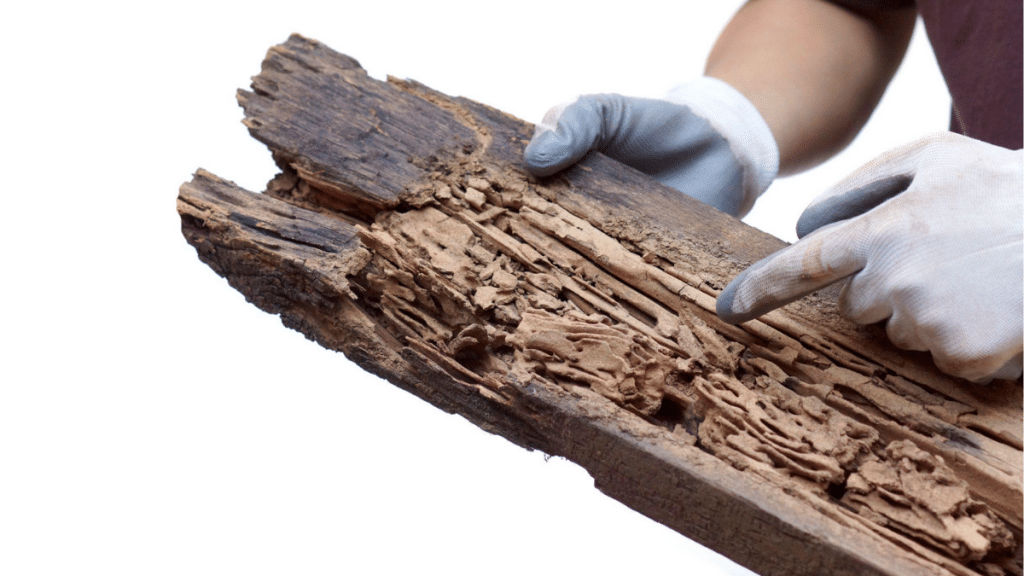Ants and termites, though small in size, have a substantial impact on ecosystems due to their social structure and nesting habits. Both insects are renowned for their complex colonies and sophisticated nest-building techniques. Understanding their nesting habits is not only fascinating but also crucial for comprehending their ecological roles and influences. This article seeks to explore the various differences in nesting between ants and termites — from their structural designs to the environmental factors driving their behaviours.
The Nesting Architecture of Ants
When you think of an ant nest, what comes to mind is perhaps a complex underground structure. Typically, these nests consist of an intricate network of tunnels and chambers. Some species even create impressive mounds visible above ground. The construction of these nests is primarily for protection, storage of food, and nurturing of larvae.
Materials used by ants in building their nests can vary, but they frequently include soil, sand, and plant debris. For some species, like leafcutter ants, the process can involve cutting and transporting leaves to cultivate fungus within the nest, which is essential for their sustenance.
Ant nests play a vital ecological role in soil health. Their persistent burrowing aerates the soil, increasing its fertility and facilitating water absorption, which can aid plant growth. This interaction highlights ants as significant contributors to soil ecosystems. Within the ant world, there’s a remarkable variability in nesting habits. For instance, harvester ants collect seeds and build their nests in open, sunny areas, while carpenter ants may nest inside wood structures, sometimes damaging human constructions in the process.
Termite Nesting Structures and Designs
Termite nests, on the other hand, are marvels of engineering. Depending on the species, termite nests can take the form of towering mounds, vast subterranean networks, or nests nestled within trees. The choice largely depends on the termite species and their environmental conditions.
The materials termites employ include soil, wood, and their saliva, which acts as a highly effective binding agent. One of the fascinating aspects of termite construction is the use of their nests as climate control systems. The architecture of these nests often incorporates ventilation tunnels that regulate the internal temperature and humidity, creating a stable environment ideal for the termites’ delicate ecosystem.
There’s a significant diversity in how different termite species approach nesting. The tall mounds of some African species are quite a sight, while subterranean termites often remain unseen, revealing themselves through the damage they can cause to buildings.
Environmental Factors Influencing Nesting Habits
Climate and geography play decisive roles in the nesting habits of both ants and termites. Ant and termite species adapt to various environmental conditions, influencing where and how they build their nests. In arid zones, nests may be constructed deeper underground to access moisture, whereas in wetter environments, nests might be elevated to prevent flooding.
Resource availability is another crucial factor. For ants, the proximity to food sources can determine nest location, while termites might select nest sites based on the availability of timber and suitable soil.
The presence of predators and other environmental pressures also impact nesting strategies. For example, some ant species may choose to nest near plants that harbour protective symbiotic relationships, offering them shelter in exchange for pest control.
Both ants and termites demonstrate adaptability to their surroundings but in diverse ways. Their ability to thrive in a wide range of habitats indicates a high level of evolutionary success.
Social Structure and Nesting Behavior
Both ant and termite colonies exhibit a sophisticated social structure that directly influences their nesting behaviours. The size of a colony can dictate the complexity of the nest. Larger colonies require more elaborate nest designs to accommodate the increased number of inhabitants.
Division of labour is central to nest building. In ant colonies, worker ants are responsible for excavating tunnels and chambers, while other members forage for food and care for the young. Termites, too, have a similar division of labour, with soldiers, workers, and reproductive members each playing distinct roles.
Communication within these colonies is critical for coordinating nest-building activities. Pheromones are commonly used by both ants and termites to convey information, maintaining efficiency and organisation within the colony.
One notable difference lies in their hierarchical structure. Ant colonies typically revolve around a single queen, while termite colonies may include several reproductive individuals. This difference impacts how colonies grow and sustain themselves over time.
Nesting and Human Interaction
The presence of ant and termite nests can have significant implications for human infrastructure. Termite nests, particularly of subterranean species, have been known to cause extensive damage to wooden structures by compromising their integrity. Professional termite identification becomes an essential step in identifying and managing these pest infestations.
Similarly, some ant species, like carpenter ants, can damage wood structures. These pests can also become a nuisance in homes when they forage for food.
Control measures include both chemical and non-chemical approaches. However, these can sometimes disrupt local ecosystems, highlighting the need for sustainable pest management strategies. Biological control and habitat management represent more eco-friendly solutions with fewer negative environmental impacts.
The ecological and economic implications of termite infestations cannot be overstated. Beyond structural damage, they can affect agricultural lands, leading to financial losses.
Conclusion
Exploring the differences in nesting habits of ants and termites offers insight into their ecological roles and how they influence their environments. Ants contribute significantly to soil fertility, while termites are skilled architects with climate-adaptable nests. The impact on human structures, the adaptability of nesting strategies, and the complex social structures all underline fascinating themes within the study of these insects.
As we continue to face global environmental changes, future research will undoubtedly focus on how climate change could further affect the nesting behaviours and ecological roles of ants and termites. Understanding and mitigating human-insect conflicts, while respecting their environmental contributions, remains a delicate balance that further study and awareness can only enhance.
